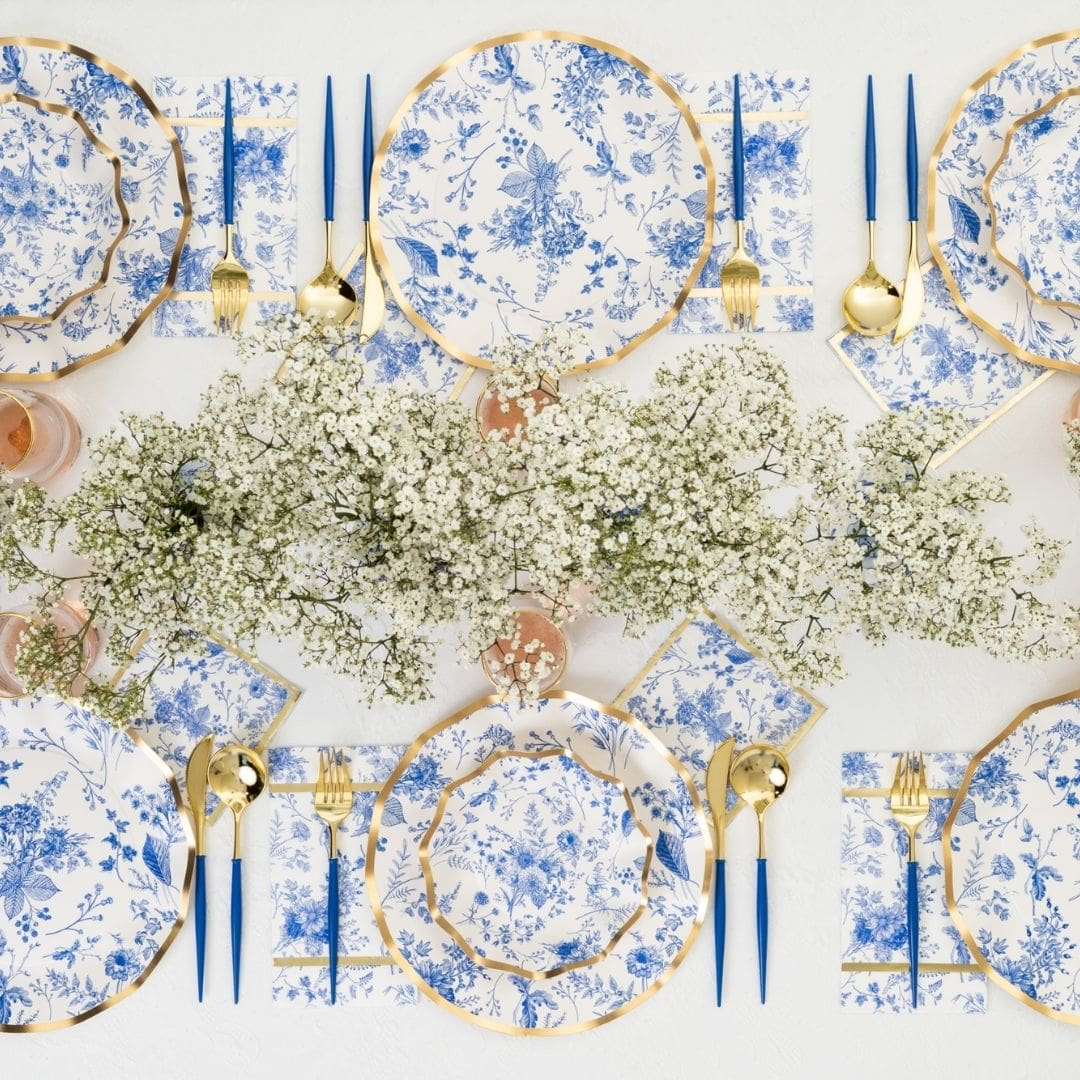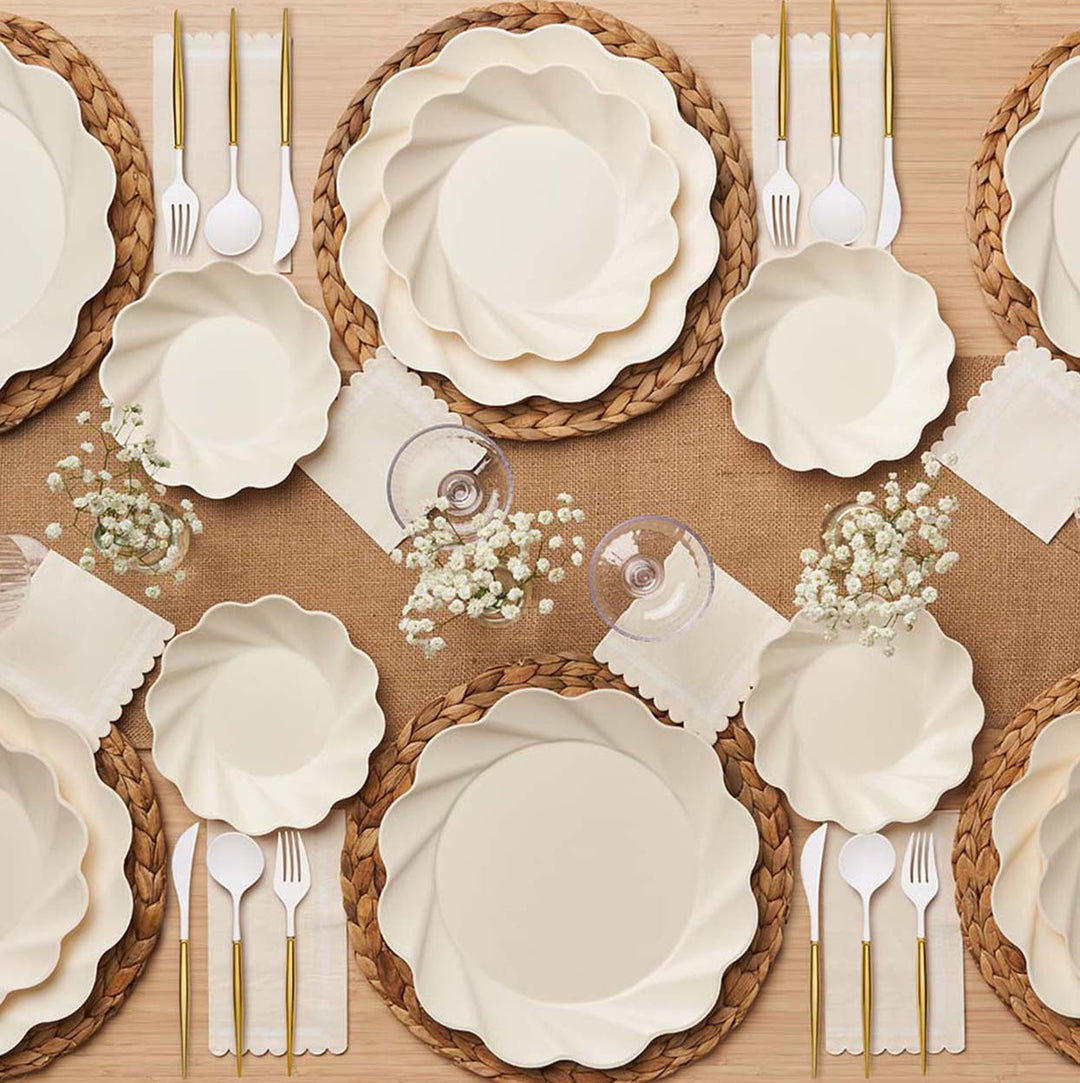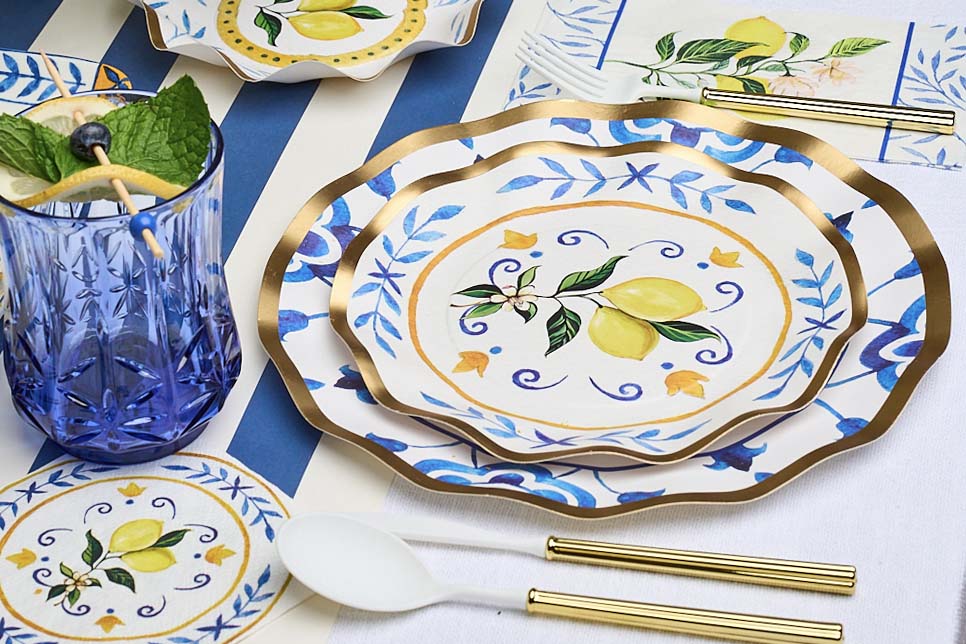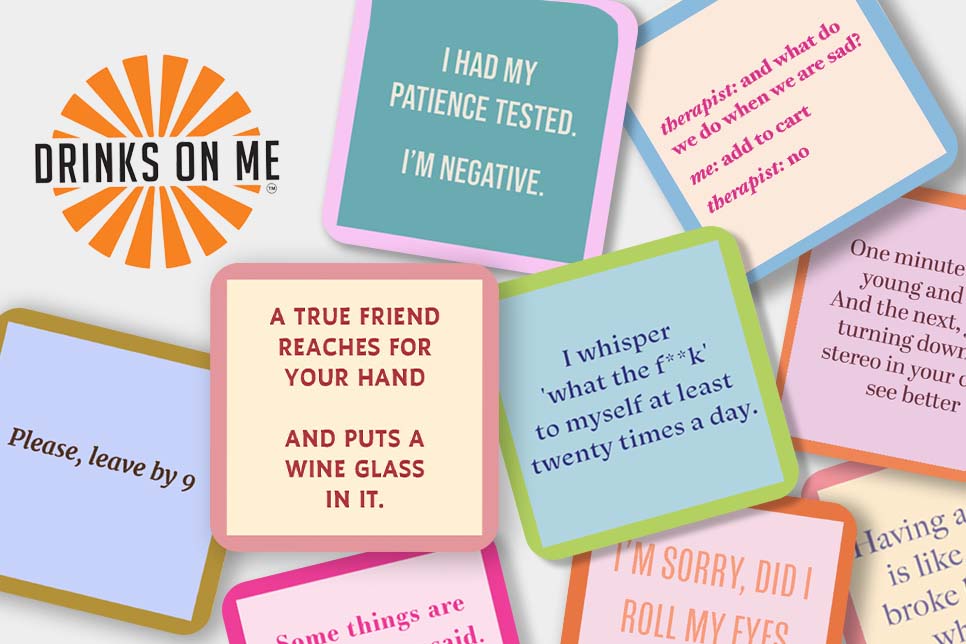What Is the Best Cheese for Charcuterie? Our Top 7 Favorites
We know one thing for sure: cheese is very much an essential component of a charcuterie board. But when you consider that there are thousands of cheese varieties in the world, choosing which ones to put on your charcuterie board doesn’t seem so clear-cut.
To help you craft a charcuterie board in the most painless way possible, we compiled a list of our seven favorite kinds of cheese. But first, let’s talk about what a charcuterie board even is in the first place and how you can put together the perfect one every time.
What Goes Into a Charcuterie Board?
We can thank the French for the art of charcuterie, which comes from the words chair (flesh) and cuit (cooked). Slightly misleading, the term refers to any meat that is cured using traditional techniques such as salting, dry-aging, and smoking (or some combination of these). For this reason, cured meat is the most important part of the charcuterie board.
Aside from that, a charcuterie board should have something acidic to provide a balance to the rich flavors of cured meats. Although wine is our favorite way to accomplish this, some other charcuterie favorites include cornichons, olives, and pickled onions.
Although cheese is not the centerpiece of the charcuterie board, it’s still very much a welcome addition. Having a few varieties of cheese to compliment the cured meats will make for a much more impressive charcuterie board.
Of course, you’ll need some kind of vehicle to get the cured meats from the charcuterie board onto your own plate. While crackers are a favorite, we’re not against a freshly-baked sliced baguette to accompany the meats and cheeses.
Last but not least, the finishing touches are completely up to you. Whether you want to add some fruit, spreadable jams, or candied nuts, garnishes are the best way to elevate your charcuterie board.
How To Craft the Perfect Charcuterie Board
Although every charcutier has their own way of crafting a charcuterie board, we think there are some tips that will guarantee the perfect charcuterie board every time. Here are the steps we would follow for crafting our next charcuterie board.
1. Pick the Right Charcuterie Board
The charcuterie board you choose is somewhat like the blank canvas an artist paints on. Not only will it dictate how much you can fit on it, but it can do wonders for the appearance of the final product. For this reason, you want a charcuterie board that reflects your unique style and that you’ll be proud to display.
2. Stick to Regional Selections
Sort of like choosing your party’s theme, sticking to regional selections for your charcuterie board can make the flavors come together seamlessly. So, if you’ve decided that the theme for your charcuterie will be French, then make sure the cured meats, cheeses, bread, and—most importantly—wine all have a similar origin.
3. Make Sure There’s Enough for Everyone
If you’re serving your charcuterie board as an appetizer, then a good rule of thumb is to have (at least) two ounces of meat and cheese per person. However, if it’s the centerpiece of your party, then we’d go for a minimum of five ounces. Not only will this ensure that everyone is well-fed, but it will leave you with lots of leftovers to treat yourself to for days after.
4. Go for Variety in Flavors and Textures
To keep things interesting, try to include as much variety as possible. If we’re talking cheese, then we’d want to include a balance of soft and hard options with both strong and mild flavors.
5. See a Professional
If you’re feeling stuck about which cold cuts and cheeses should make their way on your charcuterie board, then a cheesemonger can guide you in the right direction. With your theme, budget, and goals in mind, you’ll come out with a perfectly-crafted selection every time.
6. Consider Dietary Restrictions
For those who avoid meat products, there are plenty of vegan options for a charcuterie board. One option is to include some plant-based meats and cheeses—some of which are indistinguishable from the real thing! If it’s something you can’t get your hands on, then you can definitely stock your charcuterie board with more fruits, veggies, bread, condiments, and nuts.
7. Make It Instagram-Ready
To make your charcuterie board a true work of art, make sure to add those finishing touches at the end. Some additions that can elevate your charcuterie board include fruits in a variety of colors, sprigs of fresh herbs, and decorative serving bowls for jams and honey.
Our 7 Favorite Cheeses for Charcuterie
Now that we have a solid idea of how to put together a stunning charcuterie board, let’s take a more in-depth look at one of its main components. Yes, we’re talking about cheese!
Although there are almost 2,000 different varieties of cheese in the world, some options will always remain a classic addition to charcuterie boards. Here are our top seven picks for the best cheese for charcuterie.
1. Brie
If you’re looking for something incredibly decadent, this is it.
Brie is a soft cheese made out of cow’s milk. It originates from a northern French region called, yup, Brie! This cheese is soft, spreadable, and slightly sticky, which makes it perfect for spreading on toasted slices of French baguette.
Although many varieties of Brie cheese aren’t aged, others can be aged from several months all the way up to a year—this is how Brie develops that delicious rind. The more it is aged, the more complex its flavors and the darker its rind.
2. Bleu Cheese
If you’re anything like us, then bleu cheese was something you probably feared but learned to love (a lot!). While blue cheese is produced all over the world, bleu cheese originates in France, which still produces some of the best varieties of this type of cheese.
Bleu cheese has a creamy texture, pungent aroma, and a perfectly balanced flavor of sweet and salty. Plus, the green-blue marbling of this cheese gives it a distinctively unique appearance that looks stunning on a charcuterie board.
3. Cheddar
Cheddar cheese is the most widely-eaten cheese in the world. It’s defined less by its texture, appearance, and taste, and more by the technique used to make it (called cheddaring).
Cheddar cheese has a white to pale yellow color and a relatively mild flavor that sharpens with age. It tends to be on the harder side and if aged, it takes on a slightly crumbly texture. However, the young varieties have a smooth texture, which makes it perfect for pairing with sliced apples.
4. Parmigiano-Reggiano
Parmigiano-Reggiano is essentially just parmesan cheese that’s produced in certain regions of Italy. However, the quality control that goes into making this cheese definitely places it above regular parmesan cheese.
Parmigiano-Reggiano is a hard cheese produced from cow’s milk and aged for at least two years. It’s pale yellow in color and has a rich, sharp flavor that makes it perfect for eating on its own. As for the best part? Parmigiano-Reggiano is virtually lactose-free.
5. Soft-Ripened Goat Cheese
If you appreciate the tart and earthy flavor of fresh goat cheese, then the soft-ripened kind will be a delicious addition to your charcuterie board.
Soft-ripened goat cheese is aged for several weeks, which allows it to develop a soft rind. This type of cheese is slightly more complex in flavor while being mild enough to seamlessly pair with all kinds of citrusy ingredients, fresh herbs, and sweet jams.
6. Asiago
Asiago is another hard cheese we couldn’t leave off the list.
Same as with Parmigiano-Reggiano, this type of cheese can only be produced in specific regions of Italy. Depending on how long it is aged, it develops a hard rind, nutty aroma, and a strong, complex flavor.
7. Aged Manchego
Manchego cheese is made from sheep’s milk in the pastures of central Spain.
You might recognize Manchego due to its unique herringbone rind. It has a mildly sweet flavor and nutty aroma. The aged varieties of this cheese have a sharper flavor and harder texture. If you love the sweet ingredients on your charcuterie board, then this type of cheese makes the perfect companion to them.
How To Do a Wine Pairing
There’s no duo more classic than wine and cheese. However, pairing wine and cheese is a delicate balancing act. The wrong wine can either overpower the cheese or completely fail to accentuate its natural flavors. To make sure the wine you choose makes the perfect companion, here are some of our wine pairing tips to consider.
- Match the Strength of the Cheese: If you’re serving a mildly-flavored cheese, then it’s a good idea to avoid a full-bodied wine with complex flavors. In the same way, you don’t want pungent cheese to be served with a too-delicate wine. For this reason, make sure that the strength and complexity of the wine and cheese you pair match one another.
- Offer Variety: Some wine connoisseurs think that there is only one wine that pairs with a given type of cheese. But actually, a given type of cheese can match well with drastically different wines. For this reason, it’s good to offer a mix of red and white wines that are sweet, dry, and acidic and let your guests decide what tastes good to them.
- Watch the Oak: Many red and white wines are aged in oak barrels, which instills a flavor that can seriously clash with soft cheeses such as fresh mozzarella. If you’re serving a soft cheese, make sure that the wine you pair with it isn’t aged.
With these tips in mind, here are the wine pairings we would choose with our seven favorite kinds of cheese listed above:
- Brie Cheese and Champagne
- Bleu Cheese and Riesling
- Cheddar Cheese and Pinot Noir
- Parmesan and Cabernet Sauvignon
- Goat Cheese and Pinot Grigio
- Asiago and Valpolicella
- Manchego and Malbec
Cheese, Wine, and Friends
Cheese is loved universally, which is why it’s a must-have addition to your charcuterie board. With the variety of cheeses out there, we’re positive that you’ll find something you’d love to share with your friends over a glass of wine.
Our Sources:
Creative Cheesemongers Pen Clever Descriptions | The New York Times
The Difference Between Parmesan and Parmigiano-Reggiano | The Spruce Eats
What Is Cheddar Cheese? | The Spruce Eats
I Just Learned A Life-Changing Fact About Parmesan Cheese | BuzzFeed













